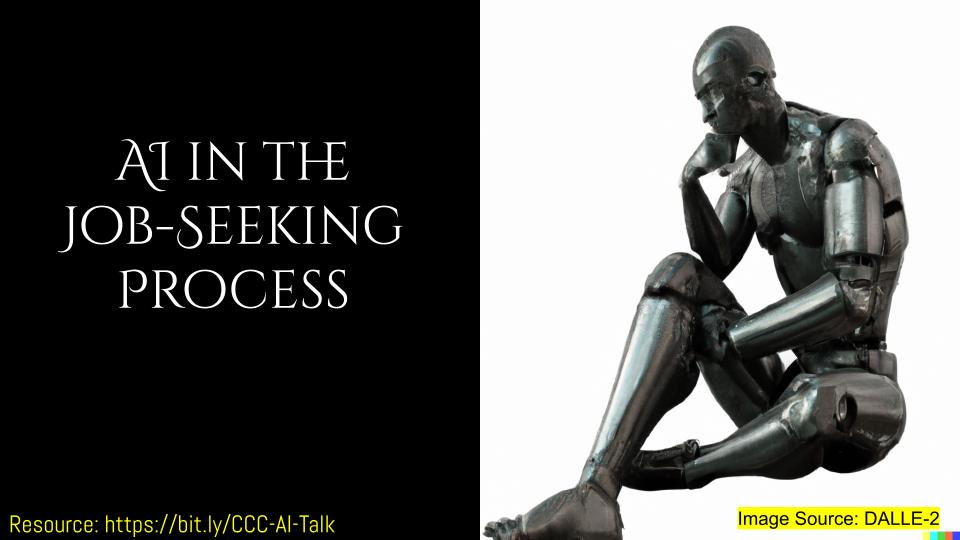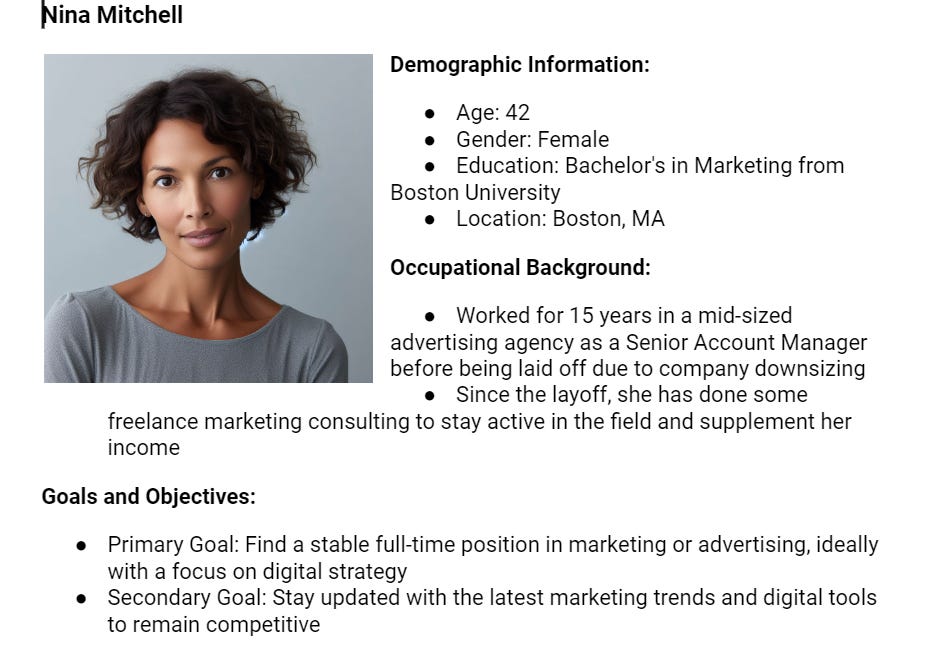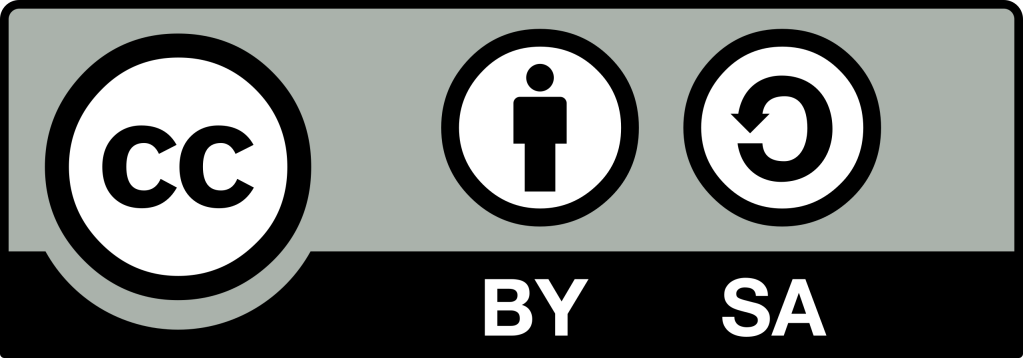Workshop Materials for AI and Career Development
Sharing some resources and new practices I've been playing with...
Last week, I did another event; this one was for the Career Counseling Consortium, Northeast. It was a change from my typical talk and Q&A afterwards which I really appreciated. It was a two-hour event that mixed the talk, Q&A, and an activity that both demonstrated the possibility of using generative AI in their work not just by the activities they did but by the use of generative AI materials to prepare for the activity.
Rather than share the talk as a post (you can find the talk and annotated slide deck here), I thought I would talk a little bit about what I did this time around.
As a 2-hour session, I had no interest in talking that long, even with the Q&A. It can be a challenge to navigate these sessions—maybe less so when they are longer but when I’ve had 40-75 minutes, it can be tricky. Obviously, I don’t want to talk for the entirety but the structure of the Zoom room, the limited knowledge of the group, and often, the range of the crowd (differently-positioned faculty across dozens of disciplines with different dispositions towards generative AI). I’ve been thinking about Bryan Alexander’s piece about why webinars suck and that’s led me back to thinking about Maha Bali’s post about building something more meaningful and connective in these spaces.
The 2-hour space with an audience that is primarily split between two groups (those working in higher education and those working with adults changing careers) was a good space for me to begin to play.
So what did this look like?
My biggest charge at the end of my talks is for folks to go and play with a generative AI tool. The resources I include often have a bunch of prompts for them to try out so they can get a better sense and don’t have to start from scratch.
But another really powerful way of learning is hearing how others are using it. My partner and I regularly talk about our usage and what we’re learning about it through that usage. Therefore, for this session, I wanted them to both play with prompts and learn from each other—all the while playing with materials that were generated from generative AI.
At the start of last week, I had the insight that it would be useful for them to have personas to work with and some activities to choose from. I started with personas. I went to ChatGPT and provided with the following prompt:
you're an expert in developing personas, particularly for people who work in career counseling job placement and development. What are the essential components of excellent personas?
It provided me with a detailed outline of what to include (see the activities document for the full listing). This gave me a great sense of what are things career counselors look for but I wasn’t about to be able to create the personas myself. So I gave ChatGPT the following prompt:
Please create a distinct persona of a person who may be seeking their first job out of college, looking to change careers, wanting to move up professionally and the like using this format. This would be a persona that would help a career advisor think through scenarios with.
Once I had one persona, I continued to ask it for distinct and new personas from what it had already created. I ended up with about 12 personas in total, which was a split between college students and adults in the field. However, I wanted to add another layer to this and give them a physical representation (often accompanied with personas to humanize them a bit more). I went to Bing Image Creator to generate these profiles. I added the images to the profiles. The result I thought was good and definitely struck folks in a way that I could see they hadn’t thought about before. Below is a snippet of one such profile.
The participants were excited to work with these and it was evident this was a practice they could easily incorporate into their work to problem-solve and think about how to support their clients.
Note: I think doing personas like this is incredible cool and grounding in some ways. However, the images from Bing were problematic. Everyone seemed like a model and that felt like a challenge. Even when I asked for average looking people, it still resulted did not deliver. When I tried other language, it overexagerated in the other direction. It was also interesting to see differences in the racial depiction of folks when I did and didn’t enter their names or their locations when putting the prompt into Bing. All of this is to say, this was definitely an instance where I saw the impact of AI models’s bias quite clearly.
Once I had personas, I then moved onto creating activities. Again, I could have come up with some myself but felt that it was important to show them that the generative AI could help in this. It did come up with some activities; none of which I took entirely but used them to build out the ones that I thought would work.
The end result was that when I sent them into breakout rooms to choose an activity and a persona, they found it extremely useful. Even if they didn’t follow the instructions exactly (which I anticipated and welcomed), the opportunity to see these materials, play with them, and use generative AI collective proved extremely useful to put into practice some of the advice I was providing.
What does all of this mean? It’s nothing I didn’t know but I think it also required me to find the right spaces to practice and play with groups. One of the harder parts about these opportunities is knowing that there’s limited time and that some folks that bring you in may be expecting an experience that is in that typical banking model of learning where I’m here to cram knowledge into their heads rather than us collectively work through things.
There’s also the nervousness and my own changing framework about this work (post on that soon) which is starting to evolve. I feel like there are more appropriate risks that I’m taking given my experiences, abilities, and knowledge. I have another one coming up this week where I intend to push that interaction and engagement further. I’ll share back here about how that goes.
AI+Edu=Simplified by Lance Eaton is licensed under Attribution-ShareAlike 4.0 International




